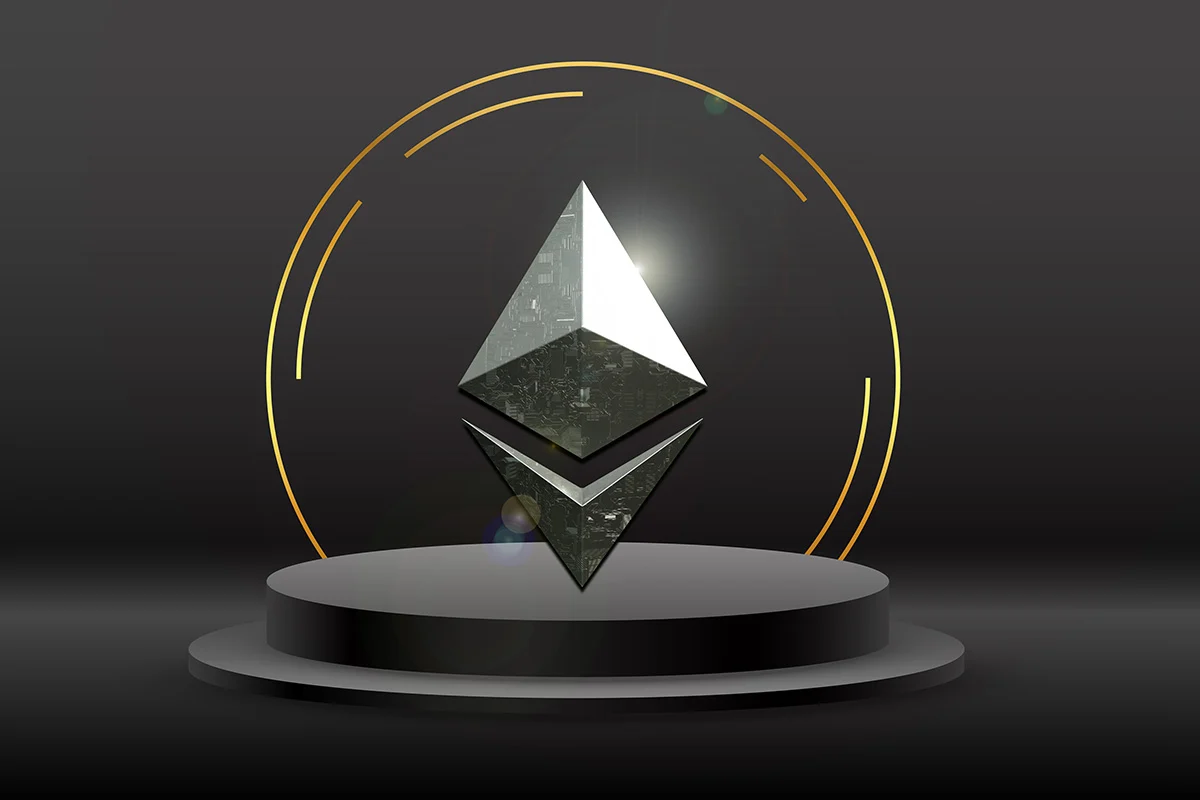TLDR
- The Fusaka upgrade is expected to launch on Ethereum by late November or early December.
- Fusaka combines upgrades to both the consensus and execution layers of the network.
- The upgrade includes 12 Ethereum Improvement Proposals to improve efficiency and reduce transaction costs.
- PeerDAS or EIP-7594 allows validators to verify data availability by sampling small parts instead of downloading all data.
- The upgrade reduces bandwidth and storage needs which lowers the barrier to run validator nodes.
Ethereum developers are finalizing the Fusaka upgrade, aiming to reduce node costs and improve adoption. Scheduled for late November or early December, it follows successful testing phases. The upgrade combines enhancements across both the consensus and execution layers to enhance efficiency and scalability.
Fusaka Upgrade Targets Scalability and Node Efficiency
The Fusaka upgrade introduces 12 Ethereum Improvement Proposals (EIPs) aimed at streamlining data usage, reducing costs, and enhancing validator operations. It merges changes from two two-layer consensus and execution into a single upgrade. This dual-layer approach enables Ethereum to grow while maintaining its decentralization.
The main goal is to reduce network strain and simplify the validator process, making node operation more accessible. With these changes, users and smaller operators may enter Ethereum with fewer hardware and bandwidth barriers. At the same time, existing node operators may benefit from better resource efficiency.
PeerDAS (EIP-7594) leads this upgrade by changing how validators verify rollup data availability. Validators no longer download every blob, but instead sample pieces for accuracy. This process reduces the burden on bandwidth and enhances transaction throughput without compromising decentralization.
PeerDAS to Boost Rollups and Lower Costs
PeerDAS enables Ethereum to handle more rollup data in each block, resulting in cheaper and faster Layer 2 transactions. This aligns with Ethereum’s push to make rollups the primary scalability path while maintaining a secure base layer. “PeerDAS improves network capacity and reduces demands on nodes,” said Ethereum Foundation contributors.
The Fusaka upgrade focuses on making it easier for individuals and small groups to run validators. Unlike past upgrades that favored institutional operators, this change promotes a more inclusive validator landscape. Reduced bandwidth and storage requirements make validator operations more practical for newcomers.
VanEck, an asset management firm, noted the significance of the Fusaka upgrade for Layer 2 users. “This change lowers infrastructure costs and makes Ethereum more efficient,” VanEck stated. While large staking operators won’t save much, those starting from scratch may benefit greatly.
Additional EIPs Fine-Tune Ethereum’s Base Layer
The other 11 EIPs in the Fusaka upgrade target gas fee adjustments, developer tools, and standard cryptographic compatibility. These updates will improve speed, predictability, and integration with standard internet security systems. Combined, they make the Ethereum base layer more reliable for enterprise-grade applications.
Setting more precise limits on block sizes and optimizing fee models will enhance user experience during high-traffic periods. Developers also gain better tools to build faster and more secure apps. These updates push Ethereum closer to mainstream financial and enterprise use cases.
The Fusaka upgrade builds on Dencun and Pectra by continuing Ethereum’s rapid evolution. Each hard fork brings the network closer to scalable and accessible adoption for global users. Fusaka will also prepare Ethereum for Glamsterdam, the 2026 upgrade focused on proposer-builder separation.
Deployment Timeline and Future Outlook
Ethereum developers ran Fusaka’s first testnet on October 1, with two more scheduled on October 14 and 28. These results will guide the decision to activate the upgrade on mainnet, expected by early December. Developers aim to complete all testing by the end of October.
The Fusaka upgrade is a crucial component of Ethereum’s long-term roadmap to scale efficiently and minimize operational friction. Once live, Fusaka could shift more users toward rollups while simplifying the validator onboarding process. This shift may reinforce Ethereum’s role as a global settlement layer.






